India’s digital KYC revolution is helping banks and fintech companies accelerate identity verification, reduce friction, and simplify the customer onboarding process. Using solutions such as video KYC software, Aadhaar eKYC processes, and digital KYC verification tools, financial institutions are automating the digital onboarding and KYC journey. From KYC verification online to seamless e-KYC video verification, the process is smarter, faster, and fully compliant. Whether you're exploring digital KYC solutions for fintech or implementing SaaS customer onboarding processes, understanding the eKYC verification process is essential to staying ahead. With support for pi KYC verification online and real-time KYC video identification, digital transformation in banking is shaping the future. It's a top innovation among top fintech companies, streamlining the digital customer onboarding process flow.
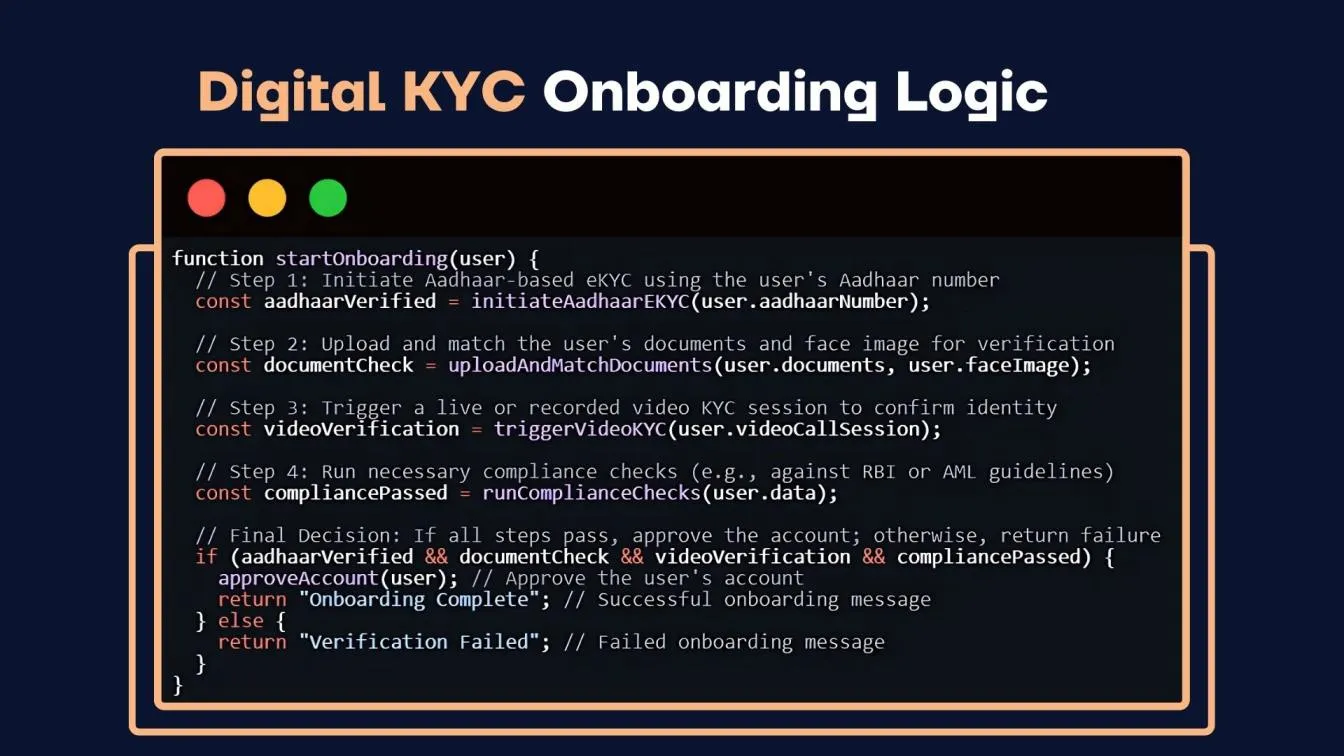
Digital KYC Learning Guide
📌 Getting Started: Explore the Aadhaar eKYC process, online verification options, and digital onboarding flow
📌 Verification: Use digital KYC solutions like video KYC, face match, and document scan
📌 Integration: Include KYC APIs in the onboarding procedure for SaaS customers.
📌 Compliance: Align with eKYC verification process and RBI guidelines
📌 Pro Tips: Optimize onboarding with AI in fintech and smart analytics
What Is Digital KYC and Why It Matters in India
Digital KYC (Know Your Customer) is a technology-driven process that enables online verification of user identity without physical documentation. Powered by AI algorithms, facial recognition, and automated document verification, it ensures faster and secure digital onboarding KYC for customers.
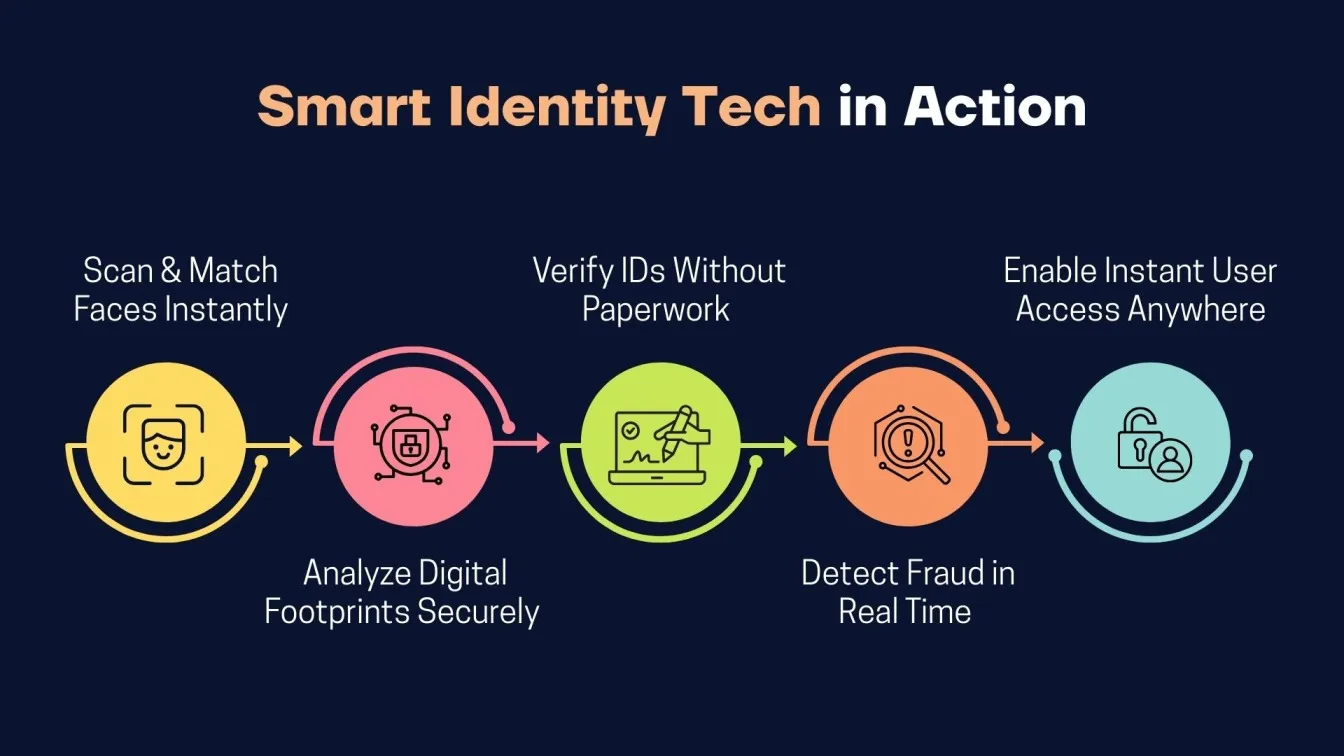
In India, regulated by the Reserve Bank of India and backed by the Aadhaar Act, Aadhaar e-KYC and OTP-based KYC verification are widely used for user identification. This change enhances the user experience, increases customer acquisition, and reduces fraudulent activity. With support from the UIDAI database, digital identity verification checks, and Blockchain Technology, digital KYC solutions are crucial in modern fintech and Non-Banking Financial Companies, ensuring compliance, efficiency, and trust in the evolving digital customer onboarding process.
The Traditional KYC Process vs Digital KYC
The traditional KYC process in India involved manual paperwork, physical document submission, and in-person verification, resulting in delays and a high risk of human error. It also increased risks like identity theft and fraudulent activities. On the other hand, digital KYC solutions use artificial intelligence, facial recognition, and automated document verification to streamline the digital onboarding KYC process. Aadhaar e-KYC, supported by the UIDAI database and API-driven eKYC, allows faster and more secure identity verification.
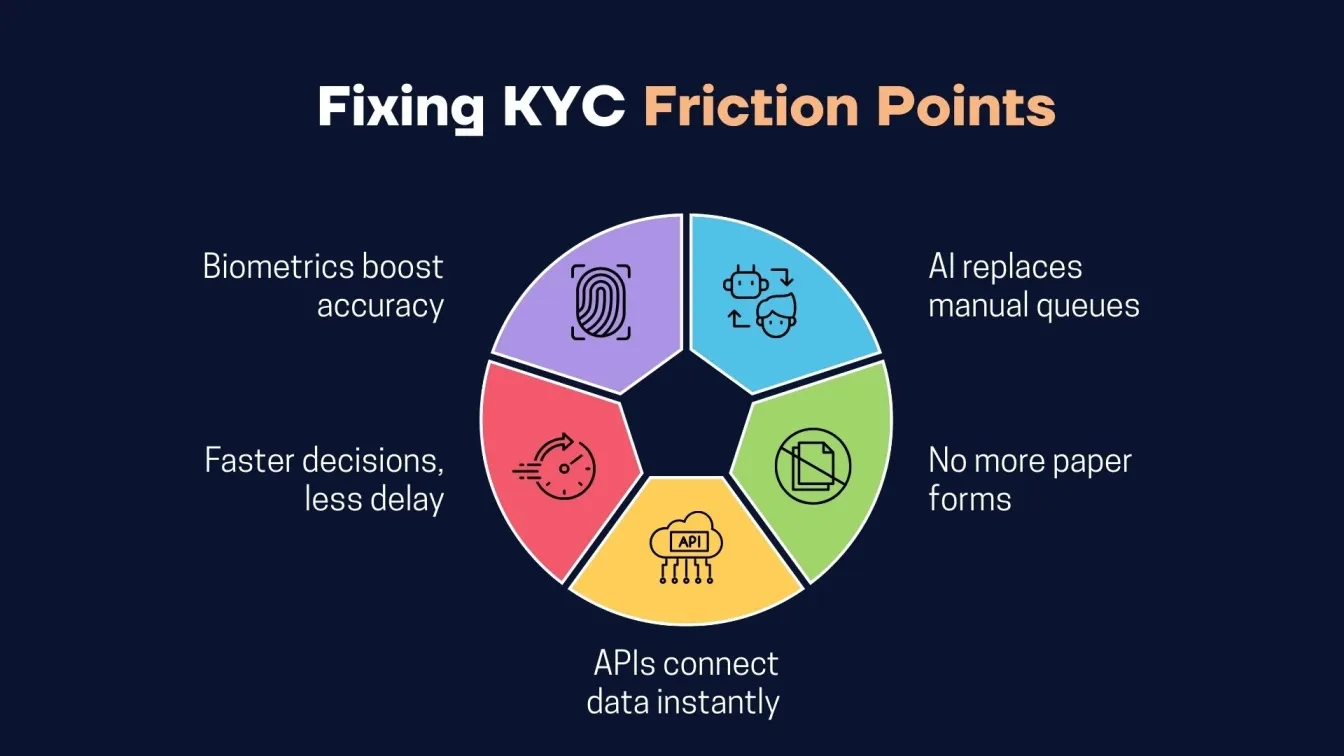
Technologies such as machine learning and optical character recognition improve accuracy and enhance user experience. Digital KYC verification is now a critical part of customer acquisition in fintech and digital transformation in banking supported by regulatory agencies like the Reserve Bank of India.
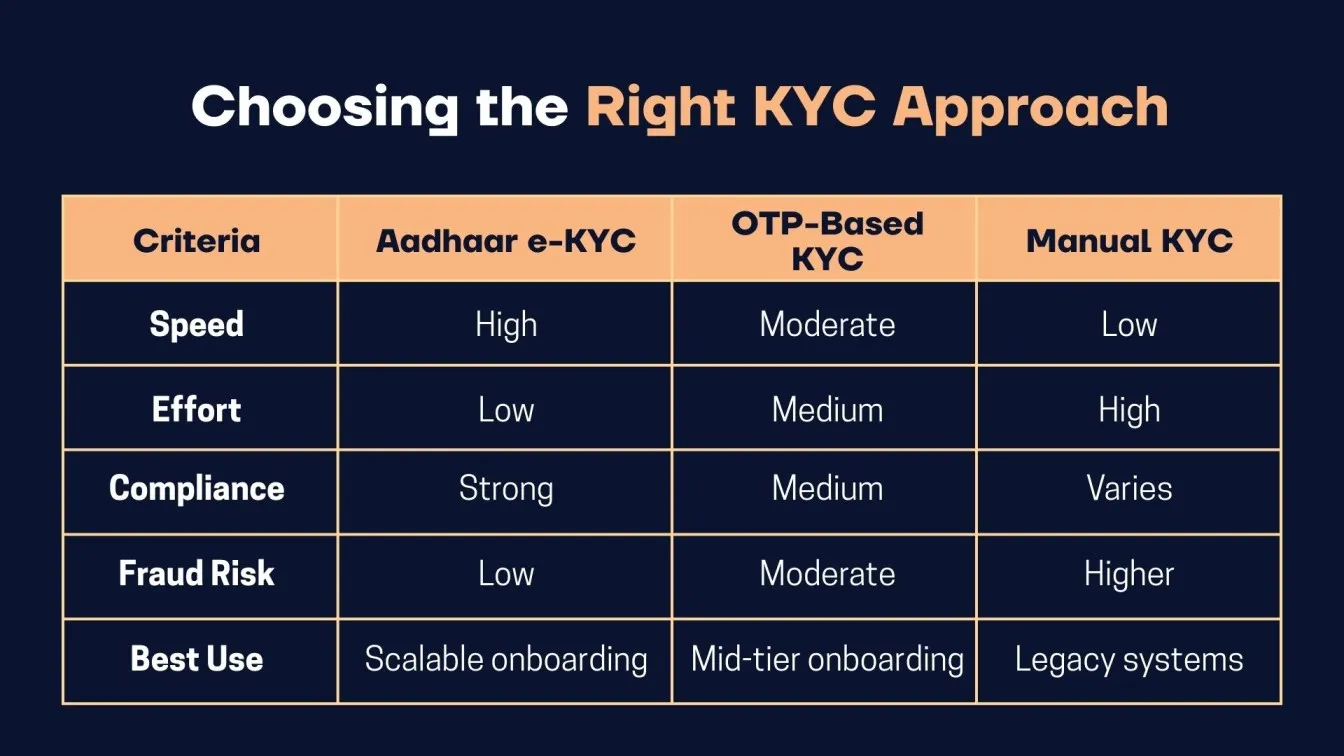
Challenges in the legacy KYC system
- Manual paperwork delays: Use automated verification supported by Aadhaar-based e-KYC and AI tools
- Risk of identity fraud: Adopt biometric checks, liveness detection, and facial recognition
Benefits of digital transformation in KYC
- Faster customer acquisition
- Real-time status updates and improved compliance
- Enhanced user experience through digital identity verification
How Digital KYC Works: Step-by-Step Process
Digital KYC is a secure and efficient method that verifies user identity through online platforms without the need for physical paperwork. It uses technologies like artificial intelligence, biometric data, and document recognition to ensure compliance and speed during the digital onboarding KYC process. Below is the step-by-step workflow explaining how digital KYC works in India.
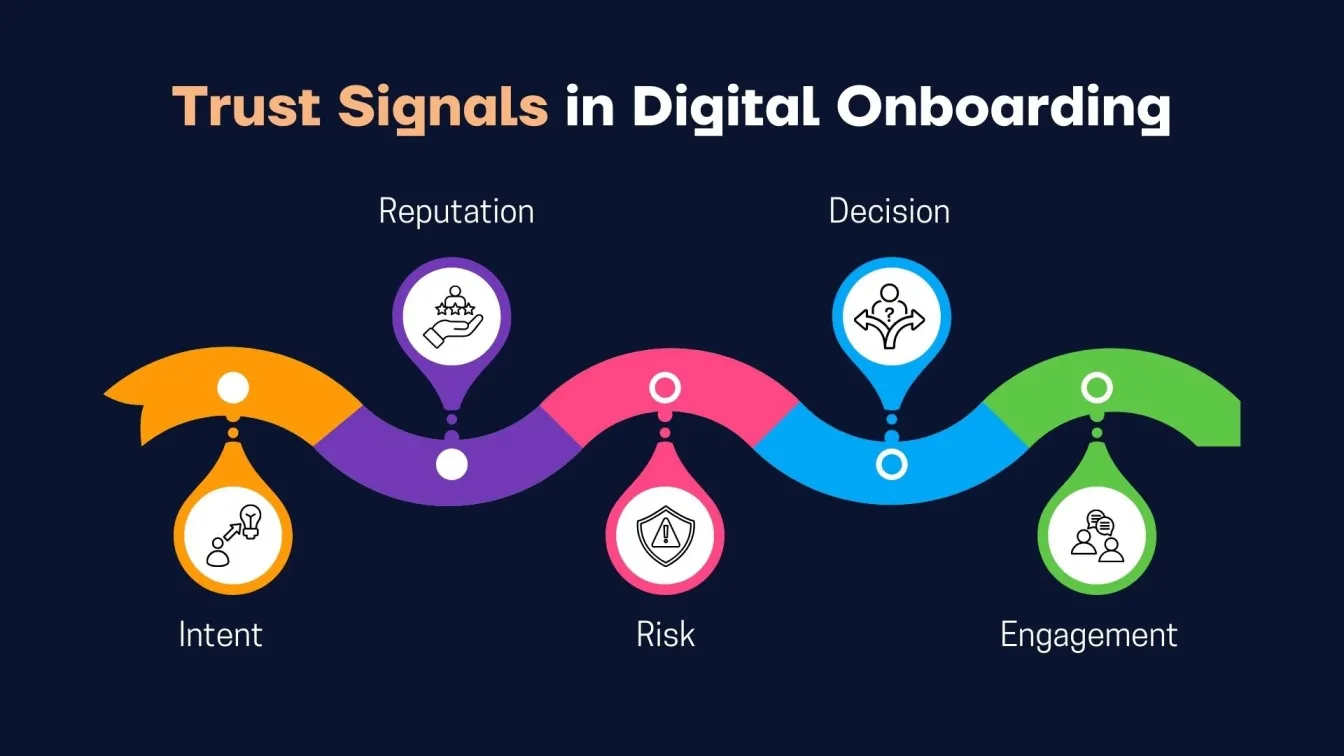
- User Registration : The customer initiates the digital onboarding KYC process by filling in basic details on the platform.
- Document Upload: Customers upload the required ID proofs, such as Aadhaar and PAN, for digital KYC verification through secure portals.
- Document Validation: The system uses artificial intelligence and optical character recognition to perform automated document verification and validate user identity.
- Biometric Verification: Facial recognition, iris scans, and liveness detection ensure biometric data accuracy and prevent identity theft.
- Video KYC Verification: A live video call or recorded session is used to confirm user presence using video KYC software and digital signature validation.
- Final Approval and Compliance Check: Before finishing the customer onboarding process, the platform verifies adherence to the Reserve Bank of India and the Aadhaar Act regulations.
The Role of eKYC and Video KYC in Customer Onboarding
eKYC and video KYC are two essential methods driving fast, secure, and compliant digital KYC in India’s customer onboarding process.
Faster Onboarding with eKYC
eKYC simplifies onboarding by verifying identity through Aadhaar-based e-KYC and OTP-based KYC verification. It connects to the UIDAI database, enabling automated document validation without the need for physical paperwork. This improves user experience, accelerates customer acquisition, and meets Reserve Bank of India regulations.

Enhanced Security with Video KYC
Video KYC adds security through live interactions between users and verification officers. It uses facial recognition, liveness detection, and video KYC software to confirm identity. This method reduces identity theft and ensures biometric checks, making it ideal for fintech banks and financial institutions following strict KYC procedures.
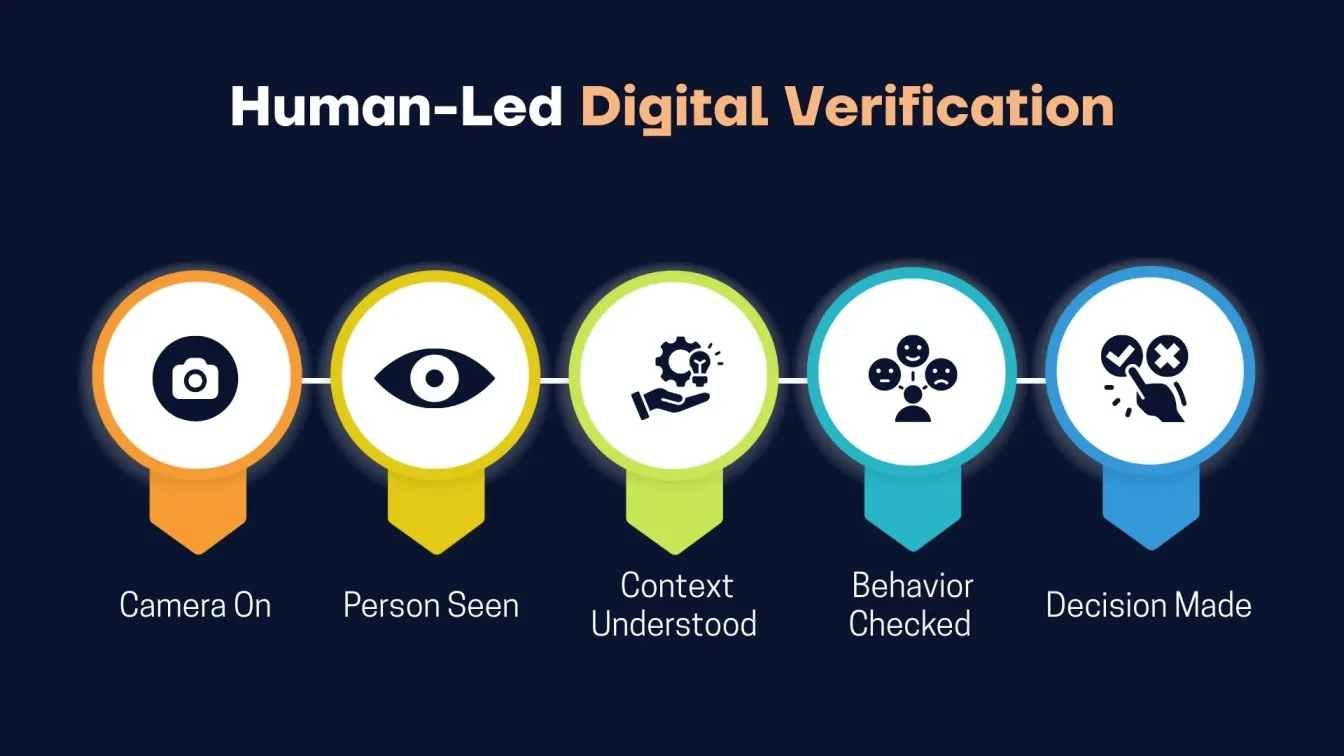
Key Technologies Powering Digital KYC in India
Digital KYC in India is driven by a range of modern technologies that enhance speed, security, and regulatory compliance during the customer onboarding process. These innovations ensure effective identity verification while reducing the risk of fraudulent activities and identity theft. Below are the key technologies used in digital KYC solutions:
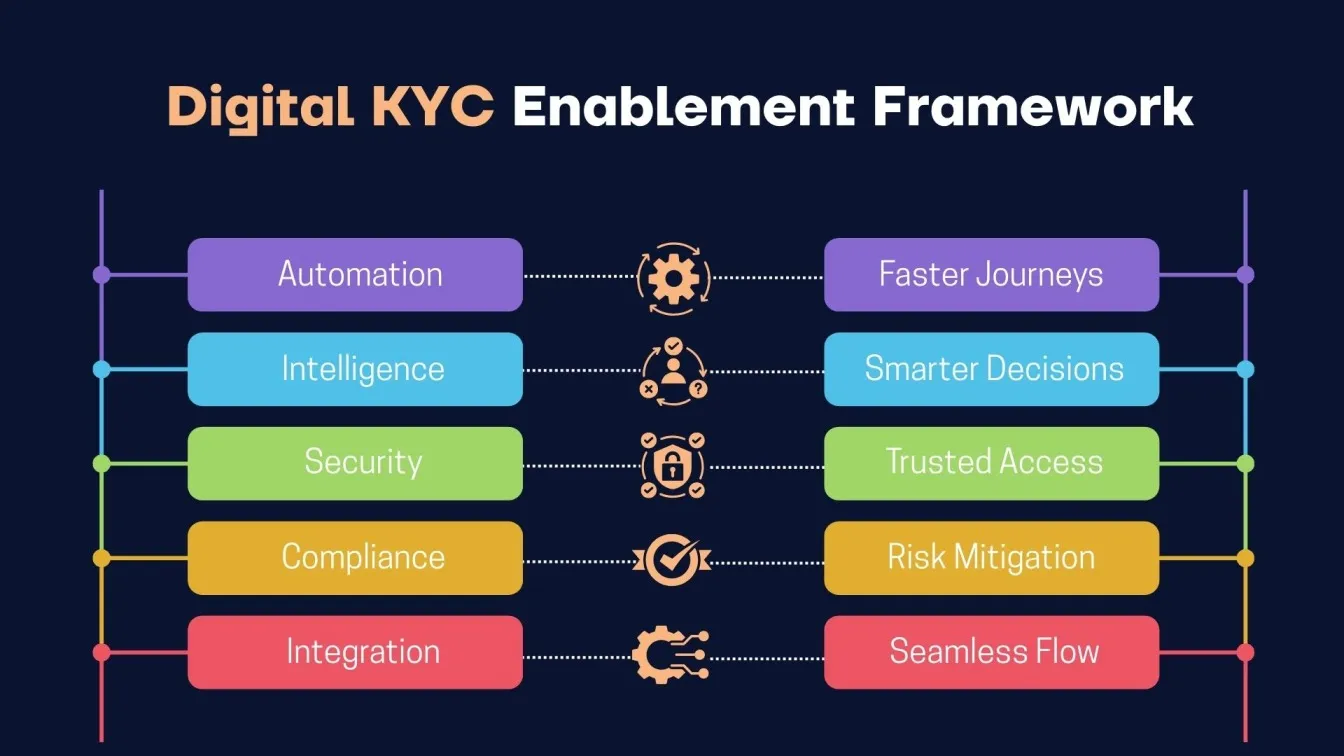
- Artificial Intelligence for document recognition and automated verification
- Machine Learning for pattern analysis and fraud detection
- Optical Character Recognition for extracting data from uploaded documents
- Facial Recognition and liveness detection for biometric verification
- API-driven eKYC systems integrated with the UIDAI database
- Blockchain Technology for secure identity record storage and tamper-proof audit trails
- Data Analytics to monitor user behavior and improve the onboarding experience
Benefits of Digital KYC for Customer Onboarding
Digital KYC offers several key benefits that enhance the customer onboarding process in India.
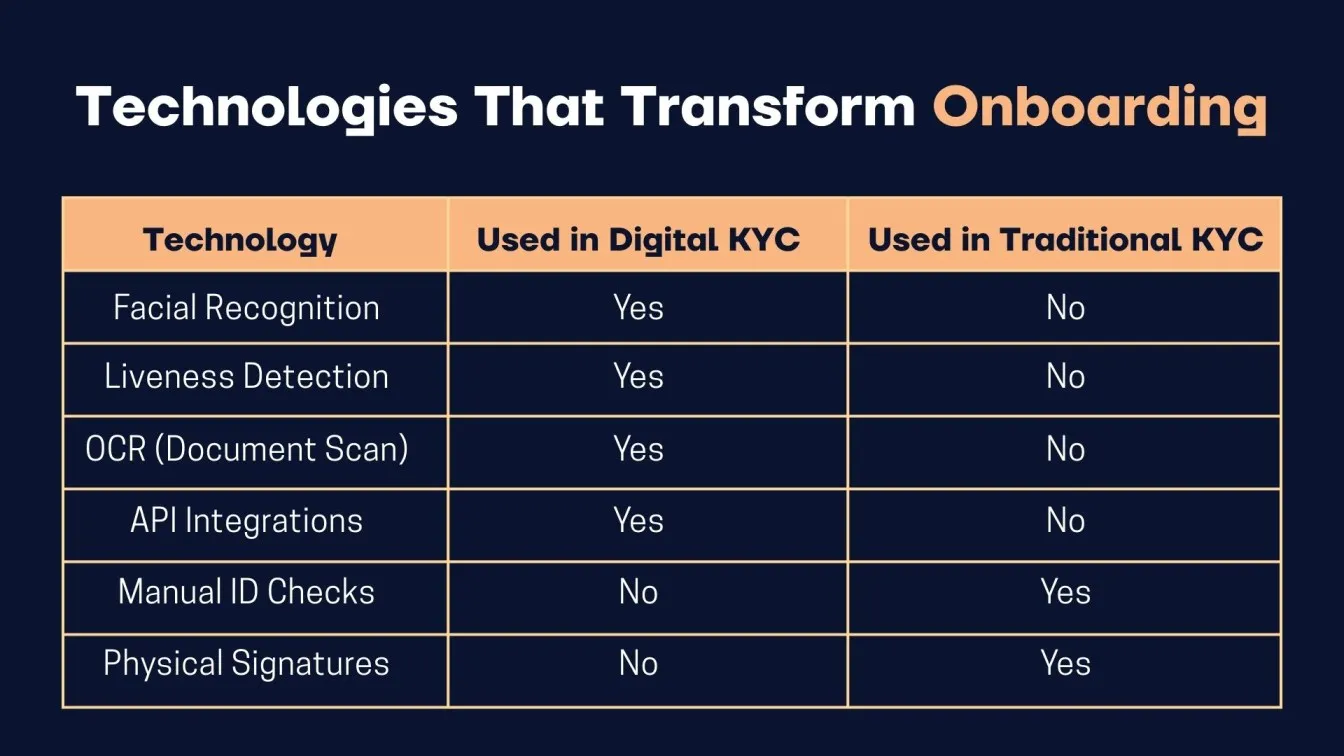
Faster Verification
With Aadhaar e-KYC and automated document verification, customers can complete KYC verification online within minutes, reducing wait times.
Improved Security
Technologies like facial recognition, liveness detection, and biometric checks help prevent identity theft and fraudulent activities.
Regulatory Compliance
Digital KYC ensures adherence to the Reserve Bank of India and Aadhaar Act guidelines using API-driven eKYC systems.
Cost Efficiency
For the banking and fintech industries, operating expenses are reduced by doing away with human checks and paper documentation.
Better User Experience
Real-time status updates, digital signatures, and streamlined digital onboarding KYC flows make the process smoother and more accessible for customers across digital platforms.
Digital KYC in the Banking Sector: A Game Changer
Digital KYC is revolutionizing the Indian banking sector by enabling faster, safer, and fully compliant customer onboarding. Traditional verification methods involving physical documents and in-person checks have been replaced by digital KYC solutions powered by artificial intelligence, biometric checks, and automated document verification.
Banks and Non-Banking Financial Companies now use Aadhaar e-KYC and API-driven eKYC systems integrated with the UIDAI database to complete KYC verification online. These tools offer real-time status updates, enhance user experience, reduce fraudulent activities, and meet Reserve Bank of India regulations. The digital customer onboarding process is now streamlined, secure, and efficient across fintech and traditional banking platforms.
How Indian banks adopted eKYC post-COVID
- Shifted to OTP-based KYC verification and Aadhaar-based eKYC to reduce in-person interactions
- Used artificial intelligence and optical character recognition to automate identity checks
- Adopted liveness detection, facial recognition, and biometric data capture to prevent identity theft
- Incorporated Aadhaar Act compliance and the UIDAI database into onboarding procedures
- Digital identity verification tests and automated verification have improved turnaround times.

Use of digital onboarding in neobanks
- Deployed video KYC software and blockchain technology to offer 100 percent paperless onboarding
- Used digital wallets and data analytics to enhance fraud detection
- Enabled real-time document recognition and customer acquisition through seamless mobile platforms
- Focused on user experience by simplifying KYC procedures with digital signatures and e-KYC video verification
- Scaled onboarding using fintech solutions aligned with digital transformation in the banking industry

Digital Onboarding Workflow: From Signup to Verification
Digital onboarding is transforming how banks and fintech companies onboard customers by offering a faster, secure, and fully digital experience. It eliminates the need for physical paperwork and branch visits by using technologies like artificial intelligence, API-driven eKYC, and biometric checks. Below is a step-by-step breakdown of how the digital onboarding KYC process works from signup to final verification.
Step 1: Sign up
The customer begins the process by registering on a mobile app or website, starting the digital customer onboarding process flow.
Step 2: Document Upload
Aadhaar and PAN documents are uploaded for KYC verification online, enabled through secure API integrations with the UIDAI database.
Step 3: Identity Verification
Facial recognition, liveness detection, and automated document verification confirm the user's identity and prevent fraudulent activities.
Step 4: Video KYC
Video KYC software is used for a live session or recorded interaction that supports Aadhaar e-KYC and digital signature verification.
Step 5: Final Approval
All data is verified for compliance with Reserve Bank of India guidelines, completing the process efficiently and securely.
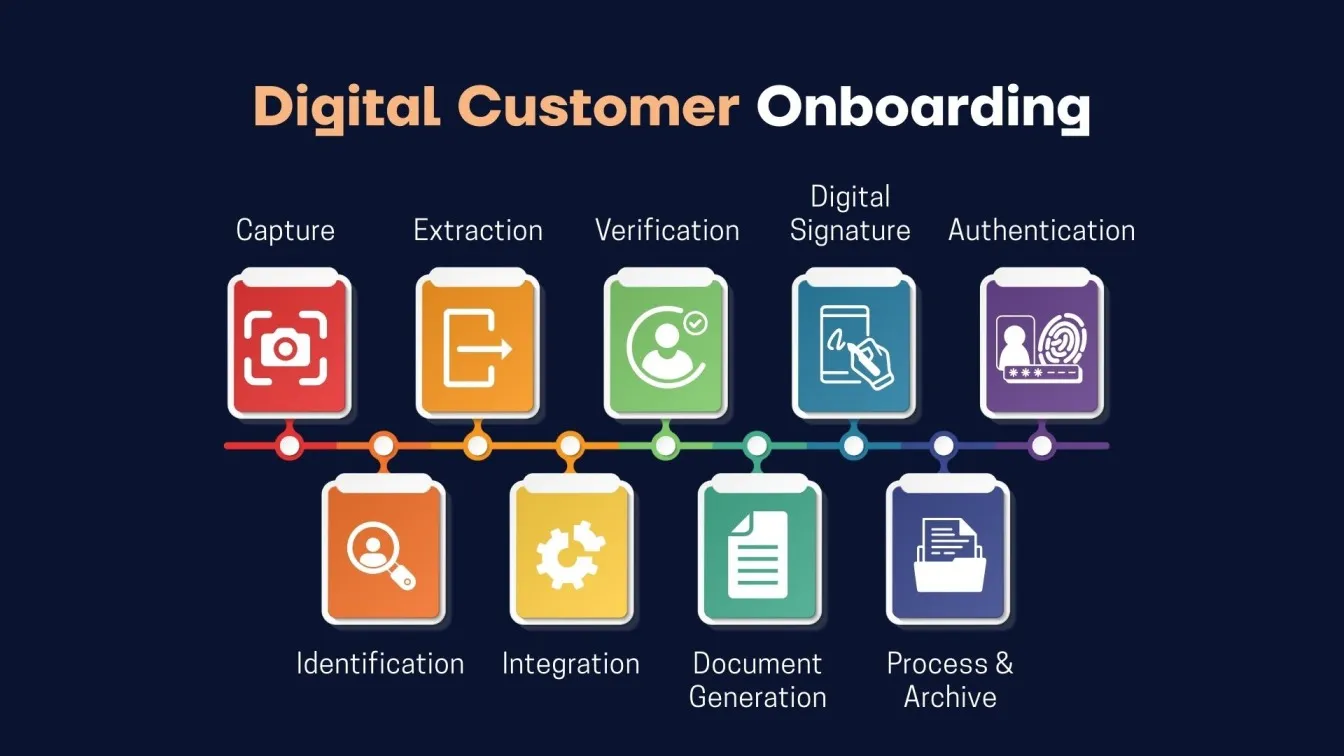
The Future of Digital KYC and Customer Onboarding in India
The future of digital KYC and customer onboarding in India will be driven by advanced technologies and stronger regulatory frameworks. Financial institutions and fintech banks will increasingly adopt API-driven eKYC systems, Aadhaar-based e-KYC, and OTP-based KYC verification to enhance speed and accuracy.
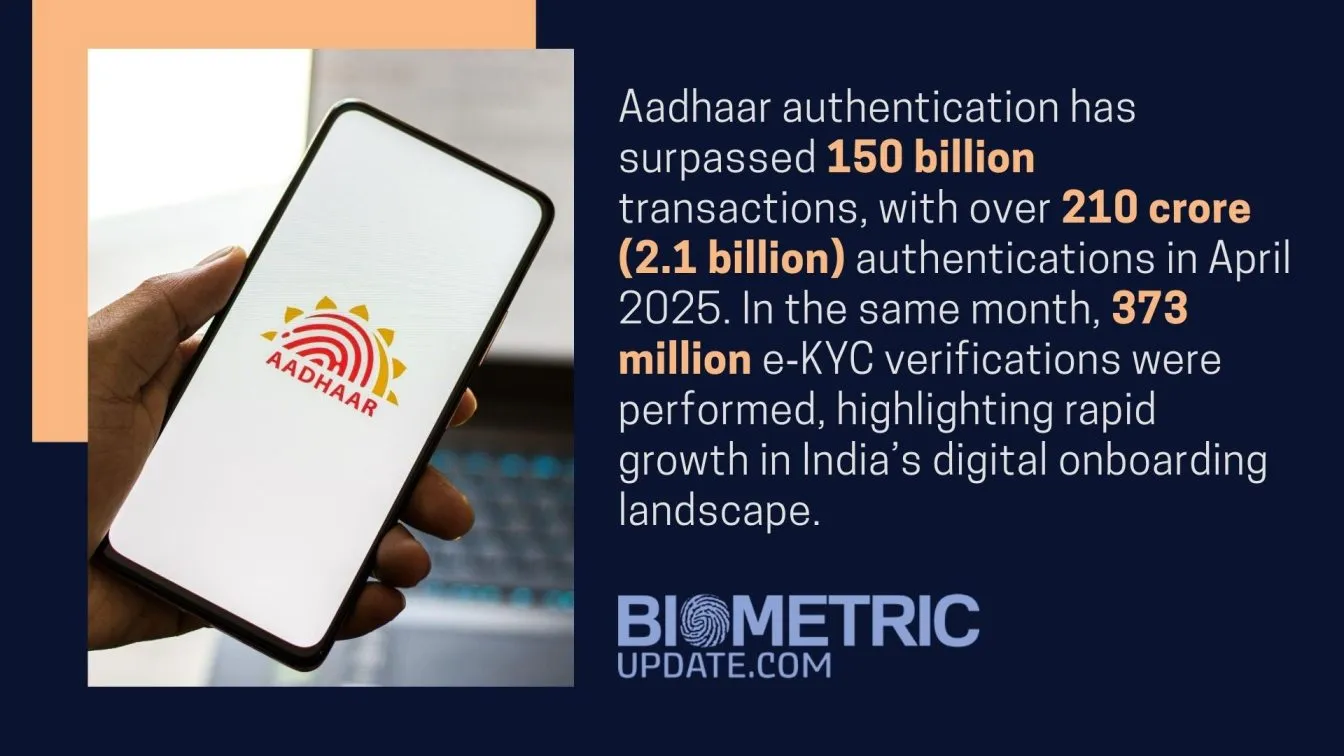
Innovations like artificial intelligence, machine learning, and blockchain technology will secure identity records and enable automated verification. Biometric data, such as iris scans and facial recognition, will help detect identity thefts, while tools like digital signatures and document validation will improve compliance with KYC procedures.
Real-time status updates and seamless digital onboarding KYC flows will support customer acquisition. As regulatory agencies like the Reserve Bank of India and UIDAI push for modernization, digital wallets and data analytics will further optimize the user experience.
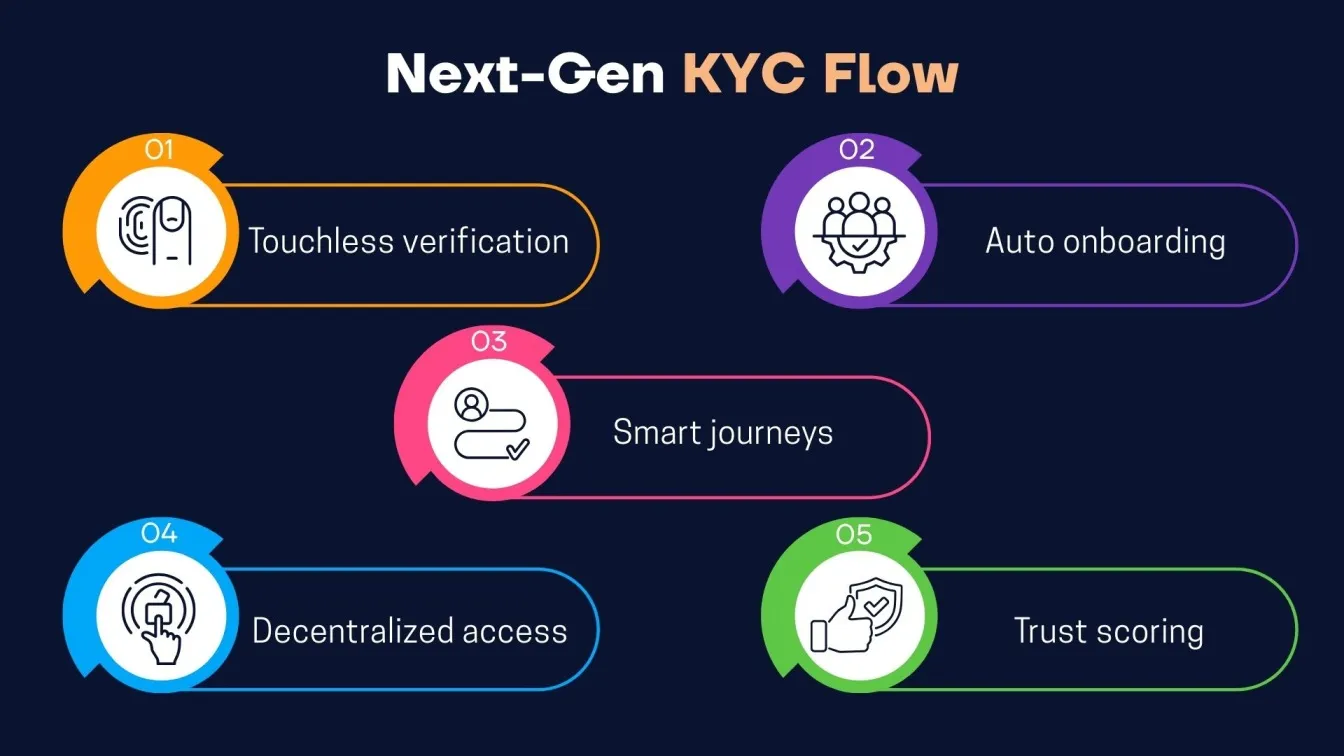
Conclusion: Why Digital KYC Is the Future of Customer Onboarding in India
Digital KYC has transformed the customer onboarding process in India by offering faster, safer, and fully digital experiences for banks, fintech companies, and Non-Banking Financial Companies. With technologies like artificial intelligence, facial recognition, biometric checks, and API-driven eKYC, identity verification is now seamless, secure, and compliant.
Aadhaar e-KYC, video KYC software, and OTP-based KYC verification reduce identity theft and fraudulent activities while ensuring real-time status updates and regulatory compliance. From improved user experience to reduced operational costs, digital onboarding KYC is redefining how businesses onboard customers. As the digital transformation in banking continues to grow, embracing innovative digital KYC solutions is essential for scaling customer acquisition and meeting the evolving standards set by the Reserve Bank of India and UIDAI.
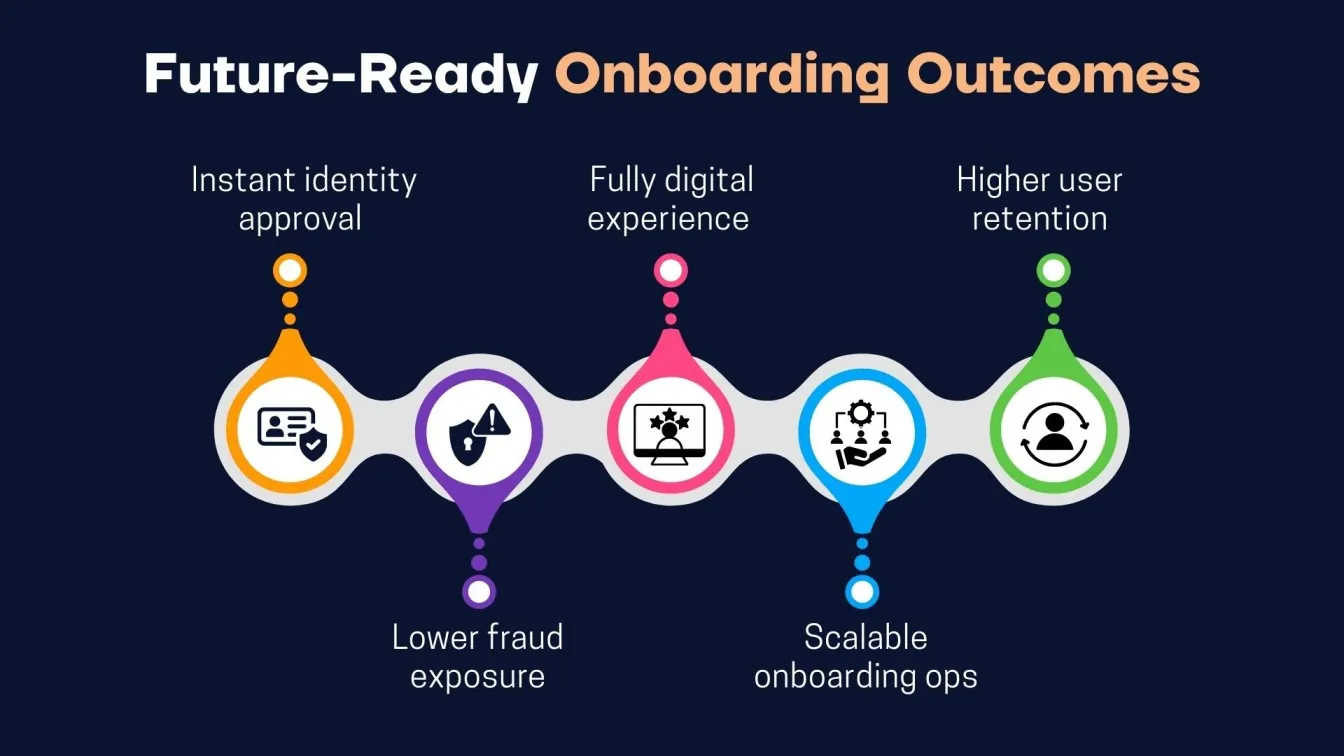
Frugal Testing Hyderabad provides functional testing services, bug testing services, and QA testing services to enterprises, serving as a trusted software testing service provider.
People Also Ask
1. What is the KYC process for merchant onboarding?
Merchant onboarding KYC involves verifying business identity, legal documents, and bank details using digital KYC solutions for secure and compliant account setup.
2. How does digital KYC impact rural banking and financial inclusion?
Digital KYC enables remote onboarding using mobile devices, improving financial access in rural areas without needing branch visits or manual verification.
3. What is KYC risk profiling?
KYC risk profiling categorizes customers based on risk levels using data analytics and KYC verification to comply with regulatory standards and reduce fraudulent activities.
4. What are RBI’s latest guidelines on eKYC and video KYC?
The Reserve Bank of India mandates secure, paperless verification using Aadhaar-based eKYC and video KYC to enhance speed, compliance, and customer experience.
5. What are the four key onboarding controls?
The four key onboarding controls are identity verification, document validation, risk profiling, and regulatory compliance checks powered by digital KYC solutions.



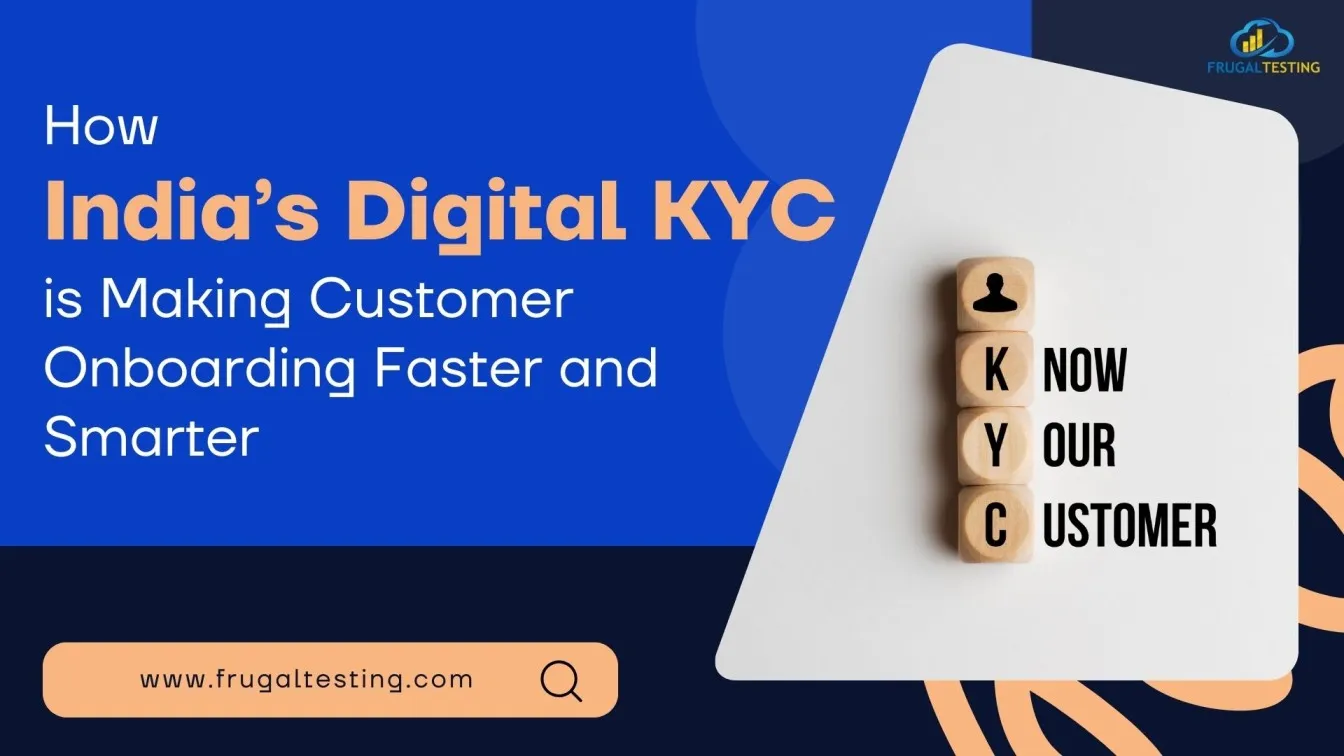

%201.webp)

